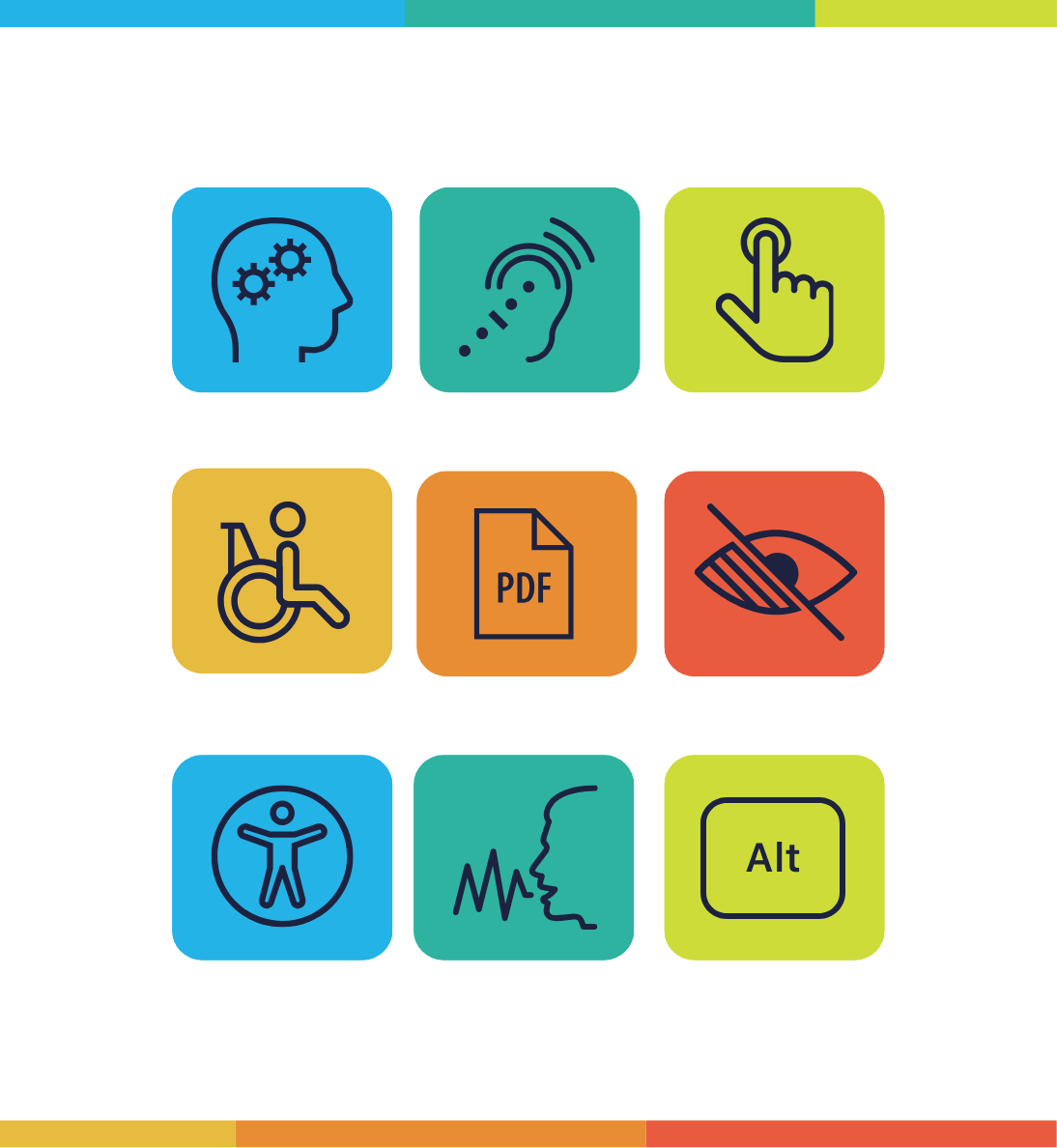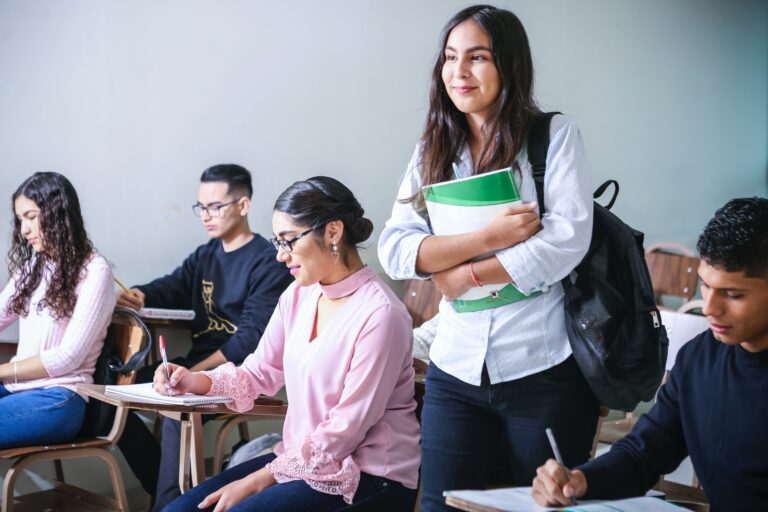Technology Accessibility: Designing for Access = Designing for Success
At KPU, we are committed to fostering inclusive and equitable learning environments that reflect the diversity and needs of our students. As we recognize AccessAbility Week, we invite faculty and instructional staff to reflect on how accessibility, equity, and inclusive design create pathways for all students to succeed, regardless of ability or circumstance.
Creating accessible learning environments is not just a legal or institutional requirement; it’s a moral and pedagogical imperative. When we design with access in mind from the start, we shift from a reactive model of accommodation to one of proactive inclusion. This means intentionally considering how students interact with course content, participate in activities, and demonstrate their learning in ways that reflect their diverse strengths and needs.
Guided by the Accessible Canada Act (ACA) and the Accessible British Columbia Act (ABCA), as well as KPU’s own Accessibility Plan, we are working toward a future where all learners experience a barrier-free education. Accessibility is not only about compliance; it is about creating a culture of inclusion where all students feel seen, supported, and empowered to succeed.
Accessible course design goes hand in hand with effective pedagogy. When we apply principles like Universal Design for Learning (UDL), we ensure our courses are flexible, intuitive, and welcoming to a wide range of learners. Accessibility benefits everyone, not just those who request accommodations.
As teaching increasingly relies on digital platforms and technologies, the importance of accessible technology becomes even more urgent. Digital tools shape how students learn, collaborate, and engage, making technology accessibility a cornerstone of educational equity.
That’s why the KPU Teaching and Learning Commons is excited to launch the new Technology Accessibility Resource Suite, a set of practical tools and resources to support KPU faculty and instructional staff in embedding accessibility into technology-supported teaching and learning.
This resource suite includes:
- A dedicated website with how-to guides for creating accessible digital content
- Toolkits for designing inclusive activities in Moodle and other online platforms
- Infographics outlining key accessibility and UDL principles
- Self-paced Moodle modules on inclusive pedagogy, technology tools, and accessibility best practices
Also, a series of snippets introducing key components of the technology accessibility resource was released via Today @ KPU and TL Commons LinkedIn page. Click here to access these snippets.
By using these resources, faculty and instructional staff can take meaningful steps to minimize barriers to learning. For example, poorly structured content can confuse students using screen readers, videos without captions can exclude learners who are Deaf or hard of hearing, and relying solely on colour to communicate meaning can disadvantage those with visual impairments.
Designing for technology accessibility is about much more than technical fixes, it’s about removing barriers to learning. When students can access content in ways that work for them, understand expectations clearly, and engage meaningfully, they are more confident, motivated, and ultimately successful.
As we celebrate AccessAbility Week, May 25th to May 31st, we encourage all KPU faculty and instructional staff to explore how accessible design can transform the learning experience for every student. Whether you’re building a new course, revising existing content, or integrating new tools, the Technology Accessibility Resource Suite is here to support you.
Let’s continue to build a teaching and learning culture at KPU where designing for access is simply how we design.
When we design for access, we design for success. As we celebrate AccessAbility Week let’s continue to ensure that every student, regardless of ability or circumstance, has the opportunity to succeed in our technology-supported classrooms, regardless of the course delivery model!
Reach out to the KPU TL Commons to explore the technologies we offer or to schedule a consultation with a teaching and learning strategist. We’re here to help you redesign your course elements, content, activities, and assessment methods to be more accessible.
References
Government of British Columbia. (2021). Accessible British Columbia Act. https://www.bclaws.gov.bc.ca/civix/document/id/complete/statreg/21019
Government of Canada. (n.d.). Accessible Canada Act: Summary. https://www.canada.ca/en/employment-social-development/programs/accessible-canada/act-summary.html
Kwantlen Polytechnic University. (2023). Accessibility Plan. https://www.kpu.ca/oeic/accessibility-plan#:~:text=Kwantlen%20Polytechnic%20University’s%20(KPU’s)%20first,inclusion%20for%20our%20campus%20community

Lisa Gedak
As one of KPU's Teaching & Learning Strategists, Lisa supports faculty through various methods, including workshops, webinars, and individual and group consultations. She is passionate about instructional design, the intersection of pedagogy and technology, and philosophical approaches supporting learner-centred education. Lisa has her Master's in Learning and Technology (MALAT).



